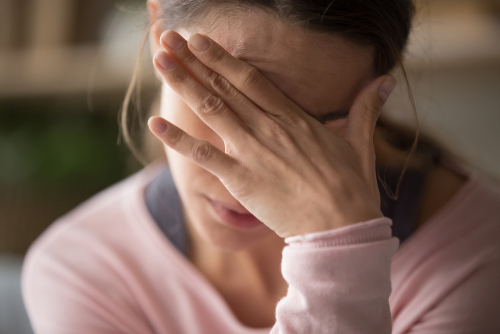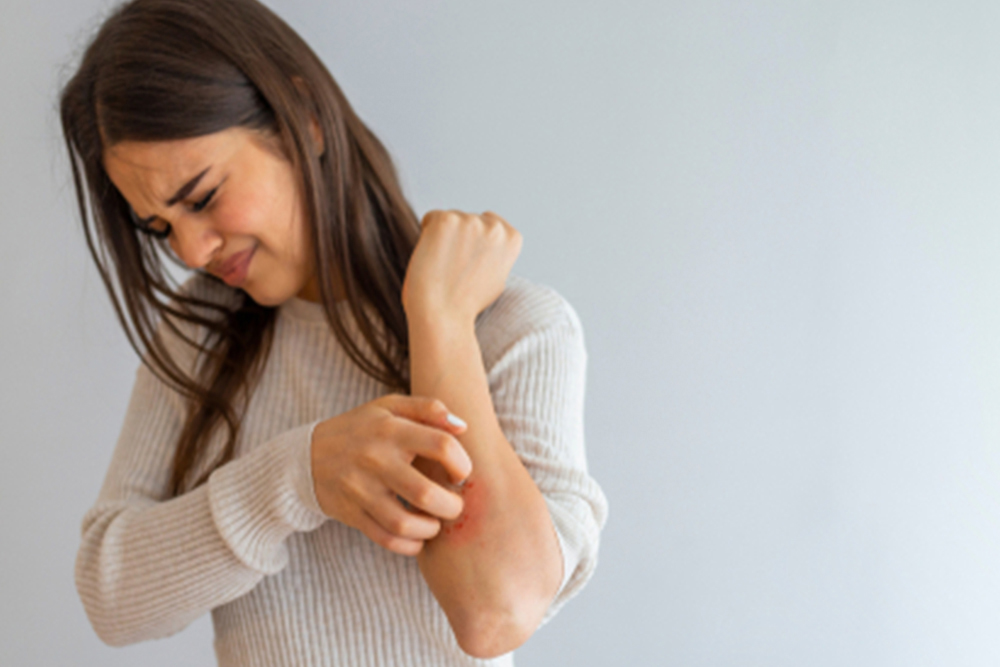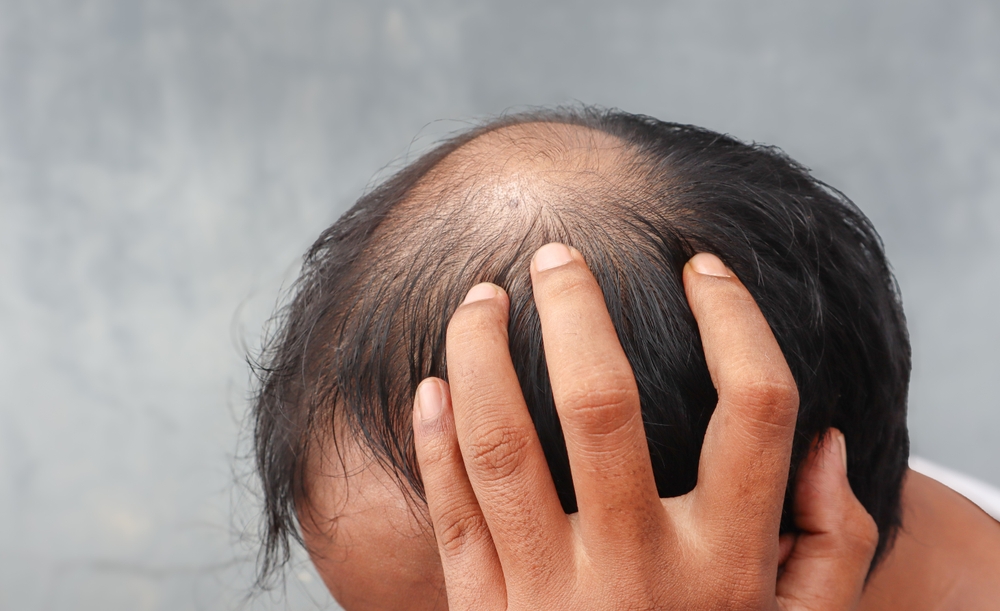This Danish cross-sectional study investigated how disease severity and duration in patients with alopecia areata (AA) relate to social isolation, stigmatization, anxiety, depression, alcohol use, and work impairment. Data were collected from 376 adults with dermatologist-confirmed AA using validated measures including Skindex-16, AASIS, HADS, EQ-5D-5L, WPAI, and AUDIT-C. Skindex-16 and AASIS—both of which better captured dermatology-specific and AA-specific impacts—showed that moderate to severe AA, female sex, and eyebrow involvement significantly worsened quality of life (QoL). Conversely, tools like HADS, EQ-5D-5L, and WPAI did not reflect severity differences, though many patients still reported some mental health impairment and elevated alcohol use.
The study underscores the importance of selecting disease-relevant tools when assessing the psychosocial impact of AA. Skindex-16 and AASIS were more sensitive in detecting associations with disease severity, particularly in measuring social isolation and stigmatization. Eyebrow loss, possibly due to its impact on facial expression and perceived identity, emerged as a key contributor to lower QoL. While AA did not appear to be associated with clinically significant anxiety or depression based on HADS, roughly a third to half of patients reported emotional distress on other scales. The findings support the need for tailored, multidimensional approaches to evaluate and manage the psychological burden of AA, especially in women and patients with visible hair loss in sensitive areas.
Reference: Clemmesen MER, Gren ST, Frøstrup AG, et al. Psychosocial and mental impact of alopecia areata: Analysis of the Danish Skin Cohort. J Eur Acad Dermatol Venereol. 2025 Mar;39(3):688-697. doi: 10.1111/jdv.20211. Epub 2024 Jun 28. PMID: 38940661; PMCID: PMC11851256.









